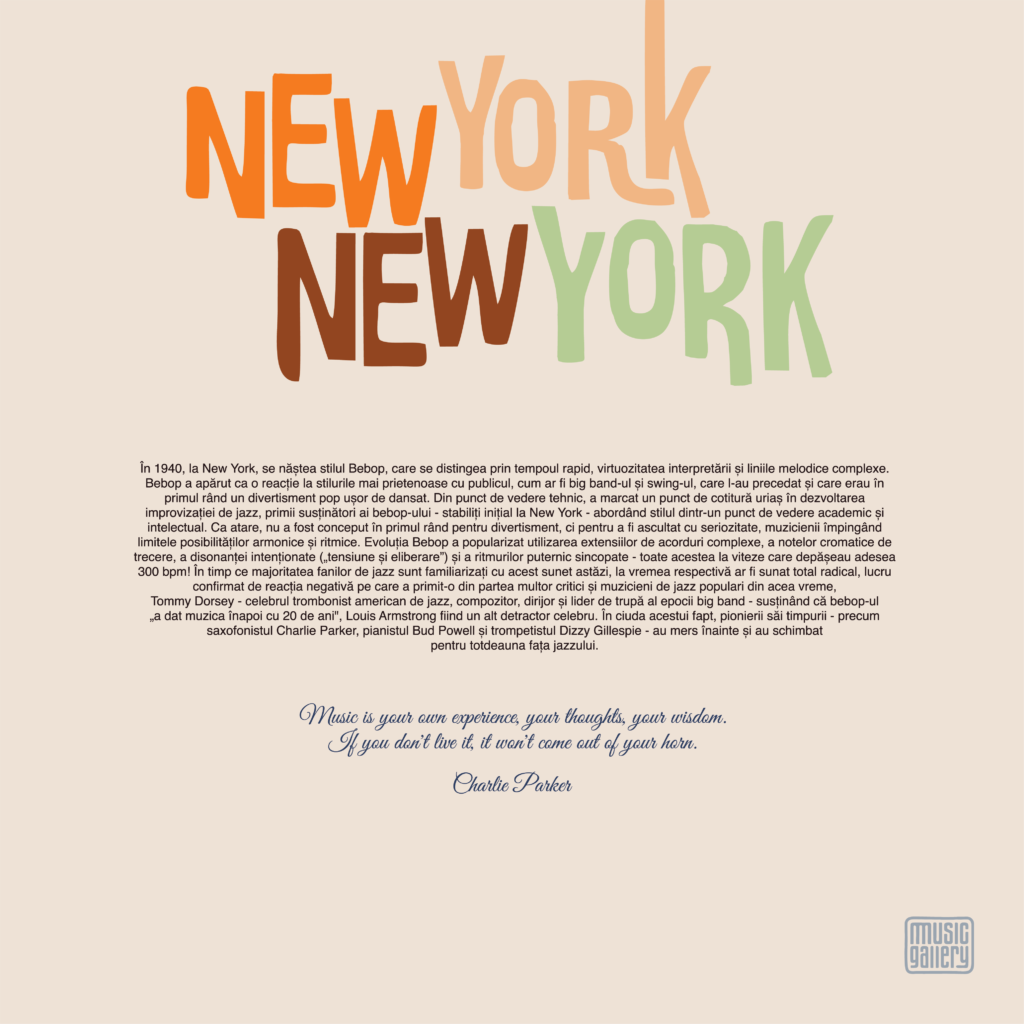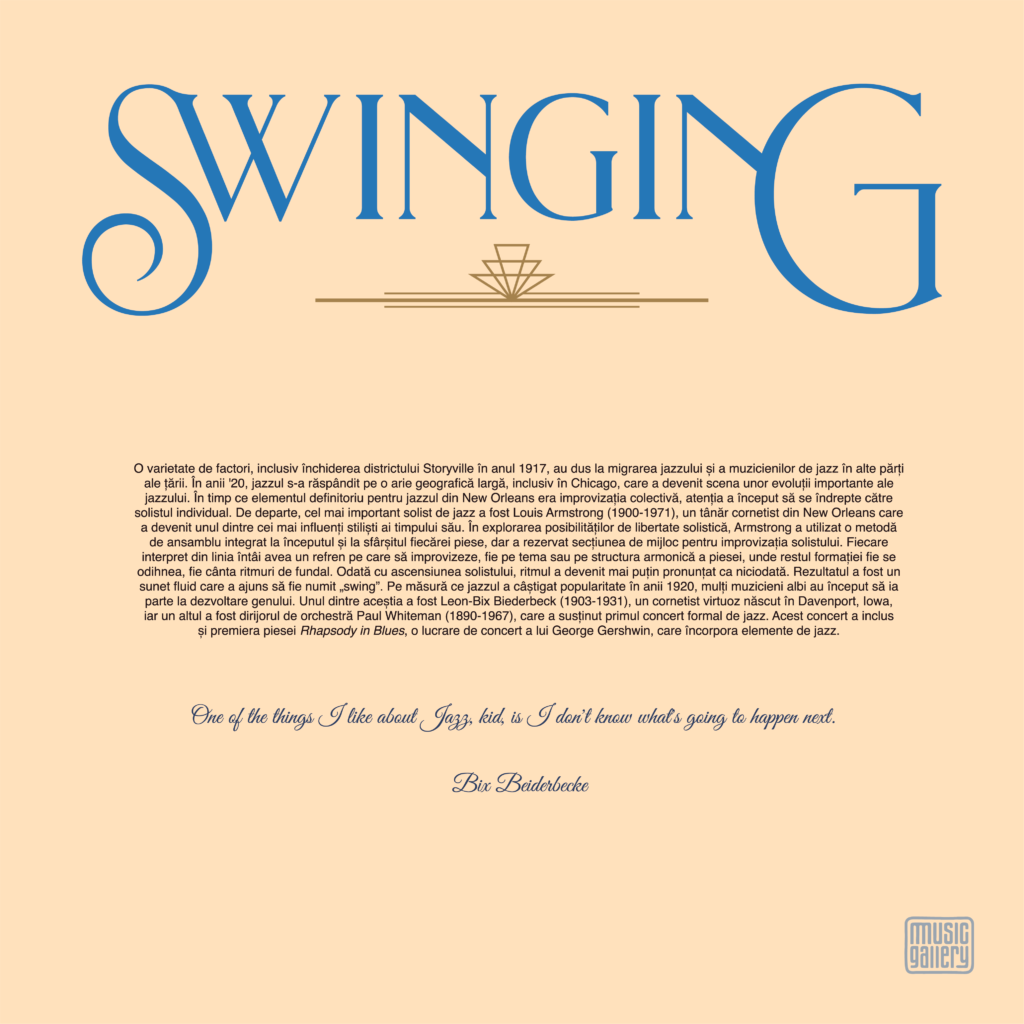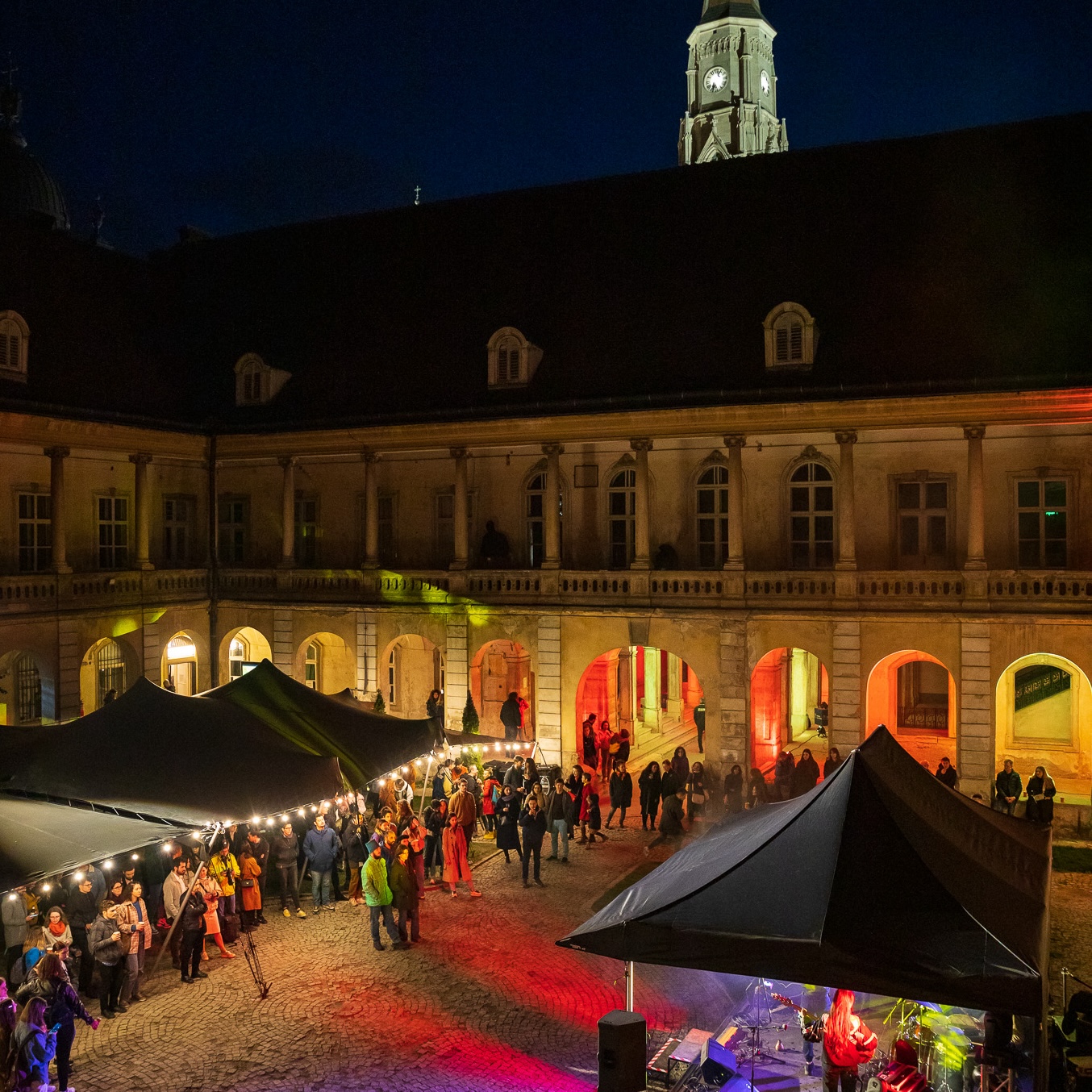NEW YORK – CHICAGO

(P32) NEW YORK, NEW YORK…
In 1940, in New York, the Bebop style was born, distinguished by its fast tempo, virtuosity of performance, and complex melodic lines. Bebop emerged as a reaction to more audience-friendly styles, such as big band and swing, which preceded it and were primarily easy-to-dance-to popular entertainment. Technically, it marked a huge turning point in the development of jazz improvisation, with the first supporters of bebop – initially established in New York – approaching the style from an academic and intellectual perspective. As such, it was not primarily designed for entertainment, but to be listened to seriously, with musicians pushing the boundaries of harmonic and rhythmic possibilities. The evolution of Bebop popularized the use of complex chord extensions, passing chromatic notes, intentional dissonance (“tension and release”), and strongly syncopated rhythms – all at speeds that often exceeded 300 bpm! While most jazz fans are familiar with this sound today, at the time it would have sounded totally radical, as confirmed by the negative reaction it received from many critics and popular jazz musicians of that time, with Tommy Dorsey – the famous American jazz trombonist, composer, conductor, and big band era bandleader – stating that bebop “set music back 20 years,” and Louis Armstrong being another famous detractor. Despite this, its early pioneers – such as saxophonist Charlie Parker, pianist Bud Powell, and trumpeter Dizzy Gillespie – moved forward and forever changed the face of jazz.
Music is your own experience, your thoughts, your wisdom. If you don’t live it, it won’t come out of your horn. – Charlie Parker

(P33) SWINGING
A variety of factors, including the closing of Storyville district in 1917, led to the migration of jazz and jazz musicians to other parts of the country. In the 1920s, jazz spread over a large geographic area, including Chicago, which became the scene of important developments in jazz. While the defining element of jazz in New Orleans was collective improvisation, attention began to shift towards the individual soloist. By far the most important jazz soloist was Louis Armstrong (1900-1971), a young cornet player from New Orleans who became one of the most influential stylists of his time. In exploring the possibilities of solo freedom, Armstrong used an integrated ensemble method at the beginning and end of each piece, but reserved the middle section for the soloist’s improvisation. Each frontline performer had a chorus on which to improvise, either on the theme or harmonic structure of the piece, where the rest of the band either rested or played background rhythms. As the soloist ascended, the rhythm became less pronounced than ever. The result was a fluid sound that came to be called “swing”. As jazz gained popularity in the 1920s, many white musicians began to participate in the genre’s development. One of these was Leon-Bix Biederbeck (1903-1931), a virtuoso cornet player born in Davenport, Iowa, and another was orchestra conductor Paul Whiteman (1890-1967), who supported the first formal jazz concert. This concert also included the premiere of the piece Rhapsody in Blues, a concert work by George Gershwin that incorporated jazz elements.
One of the things I like about Jazz, kid, is I don’t know what’s going to happen next. – Bix Beiderbecke
